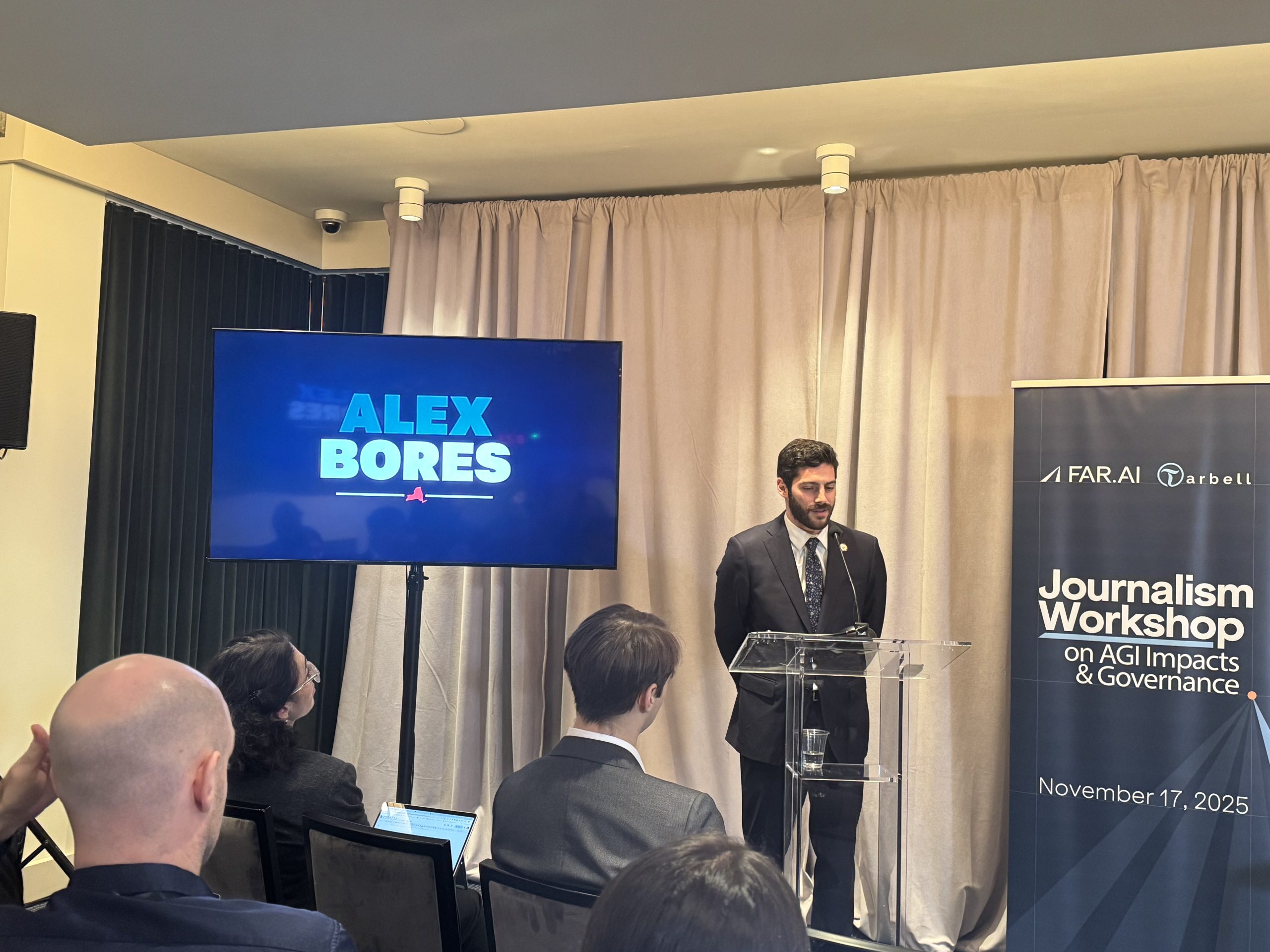
Clem Delangue, the co-founder and CEO of Hugging Face, a prominent platform for machine learning developers and researchers, recently articulated a nuanced perspective on the current state of artificial intelligence investment, suggesting that the industry is experiencing an "LLM bubble" rather than an overarching "AI bubble." This distinction, voiced during a recent Axios event, posits that while the broader field of artificial intelligence remains robust and on the cusp of significant expansion, the concentrated enthusiasm and capital flowing into large language models (LLMs) like those powering generative chatbots might be unsustainable and headed for a market correction as early as next year.
Delangue’s assessment arrives at a moment of unparalleled excitement and investment in AI, particularly in the generative AI space. The "trillion-dollar question" of whether the sector is inflating into a bubble has become a pervasive discussion among investors, technologists, and economists alike. However, the Hugging Face chief maintains that even if the LLM segment experiences a downturn, the fundamental future of AI as a transformative technology will not be jeopardized. His argument pivots on the idea that LLMs, while powerful and captivating, represent only a subset of the vast and diverse applications within artificial intelligence.
The Nuance of the AI Landscape: A Critical Distinction
The core of Delangue’s argument lies in distinguishing between the broad concept of artificial intelligence and the specific, albeit highly visible, domain of large language models. AI encompasses a multitude of disciplines, techniques, and applications, ranging from computer vision, robotics, and predictive analytics to bioinformatics, material science, and specialized control systems. For decades, researchers have been developing algorithms for tasks such like image recognition, natural language processing, fraud detection, and drug discovery. The recent surge in public awareness and investment has largely been fueled by the impressive capabilities of generative LLMs, which can produce human-like text, translate languages, and answer complex questions.
However, Delangue warns that this hyper-focus on LLMs, exemplified by technologies such as OpenAI’s ChatGPT, Google’s Gemini, and Meta’s Llama series, has led to an "outsized attention" that may not accurately reflect the full spectrum of AI’s potential or the most efficient allocation of resources. The prevailing narrative, he suggests, is that "one model through a bunch of compute… is going to solve all problems for all companies and all people." This generalization, in his view, overlooks the inherent limitations and practical inefficiencies of deploying massive, general-purpose models for highly specific, enterprise-level challenges.
The Rise and Reign of Large Language Models: A Brief History
To understand the current market dynamics, it’s essential to trace the meteoric ascent of LLMs. The foundational breakthrough can be largely attributed to the introduction of the Transformer architecture by Google researchers in 2017. This novel neural network design enabled models to process sequences of data, like text, with unprecedented efficiency and contextual understanding. Following this, models like BERT (Bidirectional Encoder Representations from Transformers) in 2018 significantly advanced the field of natural language understanding.
The true inflection point for public awareness, however, arrived with OpenAI’s GPT series. GPT-3, released in 2020, showcased remarkable generative capabilities, but it was the public launch of ChatGPT in late 2022 that truly ignited the global imagination. This user-friendly interface to a powerful LLM sparked what many have called AI’s "iPhone moment," democratizing access to sophisticated AI capabilities and demonstrating their potential for creative content generation, intelligent conversation, and complex problem-solving. This event triggered an intense race among tech giants and a deluge of venture capital into generative AI startups, leading to valuations soaring into the billions for companies still in their early stages. The cultural impact has been profound, with discussions about AI’s role in education, creativity, labor, and society dominating headlines and policy debates.
Signs of a Potential LLM Bubble: Analytical Commentary
Several indicators suggest that the LLM sector might indeed be experiencing an overvaluation, aligning with Delangue’s "LLM bubble" thesis:
- Investment Frenzy and High Burn Rates: Billions of dollars have been funneled into LLM development, both by established tech behemoths and nascent startups. This capital is primarily directed towards acquiring vast amounts of computational power (GPUs), massive datasets, and top-tier AI talent. The operating costs associated with training and running these colossal models are staggering, leading to exceptionally high burn rates for many companies in the space. While impressive capabilities are emerging, the path to sustainable profitability for many remains unclear, echoing concerns from previous tech bubbles.
- Talent Scarcity and Exorbitant Costs: The demand for specialized AI researchers and engineers, particularly those proficient in LLM architectures and deep learning, has skyrocketed. This scarcity has driven up salaries to unprecedented levels, further inflating the operational costs for companies striving to compete in this arena.
- Performance vs. Practicality: While LLMs are undeniably powerful, their "general intelligence" often comes with significant drawbacks. They can be prone to "hallucinations" (generating factually incorrect but convincing information), require extensive fine-tuning for specific enterprise contexts, and consume immense computational resources for inference, making them expensive to operate at scale. For many business problems, a highly specialized, smaller model can often achieve better, more reliable, and more cost-effective results than a large, general-purpose LLM.
- The "One Size Fits All" Fallacy: The idea that a single, monolithic LLM can universally address all computational problems across diverse industries and applications is, according to Delangue, a fundamental miscalculation. History has shown that specialized tools often outperform general-purpose ones in specific domains.
This situation draws parallels to historical tech booms, such as the dot-com bubble of the late 1990s, where speculative investment outpaced viable business models. While AI’s underlying utility is arguably more fundamental than many internet ventures of that era, the rapid pace of investment and valuation growth in a specific sub-segment warrants caution.
The Case for Specialized and Multi-Modal AI: Delangue’s Vision
Delangue advocates for a future where AI development is characterized by a "multiplicity of models" – customized, specialized, and often smaller – designed to solve distinct problems efficiently. This approach contrasts sharply with the current focus on ever-larger, more generalized LLMs.
- Smaller, Finer-Tuned Models: For many enterprise applications, a massive LLM is overkill. Consider a banking customer service chatbot, as Delangue suggested. Its primary function is to assist with account inquiries, transactions, and banking information, not to engage in philosophical debates about the meaning of life. For such a use case, a smaller, highly specialized model, fine-tuned on relevant banking data, offers numerous advantages:
- Cost-Efficiency: Cheaper to train and run, significantly reducing operational expenses.
- Faster Inference: Quicker response times, improving user experience.
- Enhanced Accuracy: Less prone to "hallucinating" irrelevant or incorrect information within its specific domain.
- Data Privacy and Security: Can often be run on an enterprise’s own infrastructure, offering greater control over sensitive customer data, a critical concern in regulated industries.
- Reduced Environmental Impact: Smaller models require less energy, contributing to a lower carbon footprint.
- Beyond Text: The Breadth of AI: Delangue emphasizes that AI’s true potential extends far beyond text generation. The field is rapidly advancing in areas like:
- Biology and Chemistry: AI models are revolutionizing drug discovery, protein folding (e.g., AlphaFold), and materials science, accelerating research and development.
- Image and Video: Computer vision powers self-driving cars, medical diagnostics, security systems, and creative tools for artists.
- Audio: AI is transforming voice assistants, speech recognition, music generation, and sound analysis.
- Robotics: Advanced AI algorithms enable robots to perform complex tasks in manufacturing, logistics, and exploration.
- Predictive Maintenance: AI analyzes sensor data to predict equipment failures, optimizing industrial operations.
Hugging Face, as a leading open-source platform for machine learning, naturally aligns with this vision of a diversified AI ecosystem. By providing tools, datasets, and a hub for sharing and building models, it empowers developers to create specialized solutions across all these modalities, fostering innovation beyond the confines of proprietary, monolithic LLMs.
Hugging Face’s Prudent Path Amidst the Hype
Amidst the intense capital expenditure seen across much of the LLM sector, Hugging Face is taking a distinctly capital-efficient approach. Delangue highlighted that his company retains half of the $400 million it has raised, a stark contrast to other AI firms, particularly in the LLM space, which are reportedly spending billions. This strategic prudence reflects a long-term vision, acknowledging the cyclical nature of technology markets.
Delangue, with 15 years of experience in the AI field, has witnessed previous cycles of hype and consolidation. This historical perspective informs Hugging Face’s strategy to build a "long-term, sustainable, impactful company for the world." Their commitment to open-source development further reinforces this, as it decentralizes innovation and reduces the financial barriers for entry, fostering a wider array of specialized applications rather than concentrating power and investment in a few massive, proprietary models. This approach not only positions Hugging Face more securely against potential market volatility but also aligns with the broader movement towards democratizing AI access and development.
Market Implications and Future Outlook
Should Delangue’s prediction of an LLM bubble burst come to pass, the implications for the AI market would be significant. We might see:
- Market Consolidation and Adjustments: Less capital-efficient LLM-focused startups could face challenges, potentially leading to acquisitions, mergers, or even closures. Investors would likely shift their focus from speculative growth to demonstrable value and clearer paths to profitability.
- Realigned Expectations: A market correction could temper public and investor expectations about the immediate, universal applicability of current-generation LLMs, leading to a more realistic understanding of AI’s capabilities and limitations.
- Renewed Focus on ROI: Companies integrating AI would prioritize solutions that offer clear return on investment, favoring specialized models that address specific business pain points effectively and affordably.
- Diversification of Investment: Capital might flow more readily into other, less hyped but equally transformative AI domains, such as specialized computer vision, robotics, or AI for scientific discovery, which offer distinct value propositions.
Despite any potential LLM market correction, the long-term trajectory for artificial intelligence as a whole remains incredibly promising. AI is not merely a transient trend; it is a fundamental technological paradigm shift that will continue to reshape industries, economies, and societies. The ongoing societal impact of AI, encompassing job transformation, ethical considerations, the imperative for robust regulatory frameworks, and its pervasive integration into daily life, will only intensify. Delangue’s cautionary tale serves not as a discouragement for AI innovation, but rather as a call for strategic discernment, encouraging a balanced approach to investment and development that recognizes the immense breadth of AI’s potential beyond its most currently celebrated facet. The future of AI, in his view, is not threatened, but rather poised for a more sustainable and diverse evolution.




